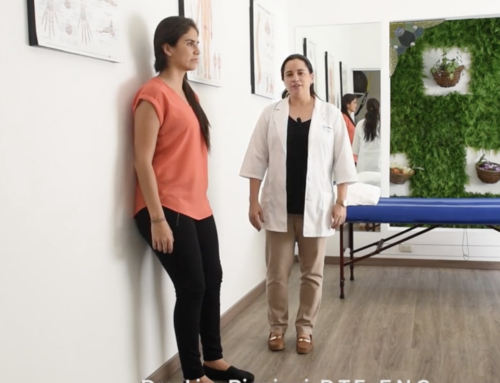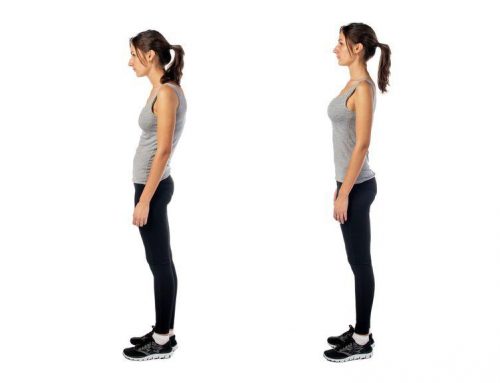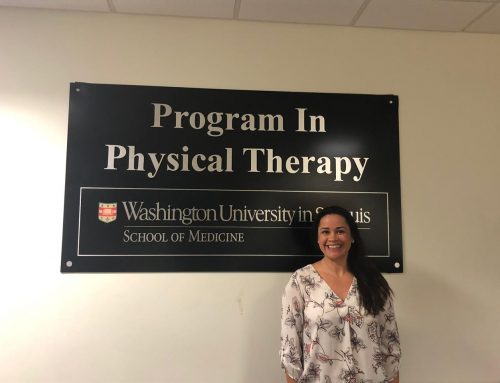Neuromuscular Electrical Stimulation Improves Severe Hand Dysfunction for Individuals With Chronic Stroke: A Pilot Study.
Neuromuscular Electrical Stimulation Improves Severe Hand Dysfunction for Individuals With Chronic Stroke: A Pilot Study.
RESEARCH ARTICLE
Journal of Neurologic Physical Therapy. 30(4):175-183, December 2006. Santos, Marcio MS, PT 2; Zahner, Laura H. PT 1; McKiernan, Brian J. PT, PhD 5; Mahnken, Jonathan D. PhD 1,3; Quaney, Barbara PT, PhD 1,2,4 Abstract: Restoring hand function is difficult post-stroke. We sought to determine if applying neuromuscular electrical stimulation (NMES) was beneficial for reducing severe hand impairments. Subjects with chronic stroke (N=8; 3 Fe, 5 M; 58.3 +/- 6.9 y/o) received 10 sessions of NMES using two different methods applied in a counterbalanced order. In one intervention, we applied NMES (‘active’) in a novel fashion using multiple stimulators on the forearm flexors and extensors to assist subjects with grasping and releasing a tennis ball. In the other intervention, the NMES (‘passive’) stimulated repeated wrist extension and flexion. Motor performance was assessed prior to and immediately following the interventions and at retention. Upper extremity (UE) Fugl-Myer scores significantly improved (p < 0.002) immediately following either intervention. Significant improvement was also observed in the Modified Ashworth Spasticity Scale (MASS) (p < 0.03), immediately following intervention, primarily due to the NMESpassive treatment (p < 0.034). Subjects performed grasping tasks significantly faster (p < 0.0433) following interventions, with performance speeds on dexterous manipulation increasing ~10% for NMESactive immediately following intervention, compared to only 0.1% improvement following NMESpassive. Generally, improvements in motor speed remained 10 days following NMESactive intervention, although slightly diminished. In conclusion, severe hand impairment was reduced after a short duration of NMES therapy in this pilot data set for individuals with chronic stroke. NMES-assisted grasping trended towards greater functional benefit than traditional NMES-activation of wrist flexors/extensors. (C) 2006 Neurology Section, APTA To obtain full text: http://www.jnpt.org/pt/re/jnpt/userLogin.htm
Neuromuscular Electrical Stimulation Improves Severe Hand Dysfunction for Individuals With Chronic Stroke: A Pilot Study.
RESEARCH ARTICLE
Journal of Neurologic Physical Therapy. 30(4):175-183, December 2006. Santos, Marcio MS, PT 2; Zahner, Laura H. PT 1; McKiernan, Brian J. PT, PhD 5; Mahnken, Jonathan D. PhD 1,3; Quaney, Barbara PT, PhD 1,2,4 Abstract: Restoring hand function is difficult post-stroke. We sought to determine if applying neuromuscular electrical stimulation (NMES) was beneficial for reducing severe hand impairments. Subjects with chronic stroke (N=8; 3 Fe, 5 M; 58.3 +/- 6.9 y/o) received 10 sessions of NMES using two different methods applied in a counterbalanced order. In one intervention, we applied NMES (‘active’) in a novel fashion using multiple stimulators on the forearm flexors and extensors to assist subjects with grasping and releasing a tennis ball. In the other intervention, the NMES (‘passive’) stimulated repeated wrist extension and flexion. Motor performance was assessed prior to and immediately following the interventions and at retention. Upper extremity (UE) Fugl-Myer scores significantly improved (p < 0.002) immediately following either intervention. Significant improvement was also observed in the Modified Ashworth Spasticity Scale (MASS) (p < 0.03), immediately following intervention, primarily due to the NMESpassive treatment (p < 0.034). Subjects performed grasping tasks significantly faster (p < 0.0433) following interventions, with performance speeds on dexterous manipulation increasing ~10% for NMESactive immediately following intervention, compared to only 0.1% improvement following NMESpassive. Generally, improvements in motor speed remained 10 days following NMESactive intervention, although slightly diminished. In conclusion, severe hand impairment was reduced after a short duration of NMES therapy in this pilot data set for individuals with chronic stroke. NMES-assisted grasping trended towards greater functional benefit than traditional NMES-activation of wrist flexors/extensors. (C) 2006 Neurology Section, APTA To obtain full text: http://www.jnpt.org/pt/re/jnpt/userLogin.htm





